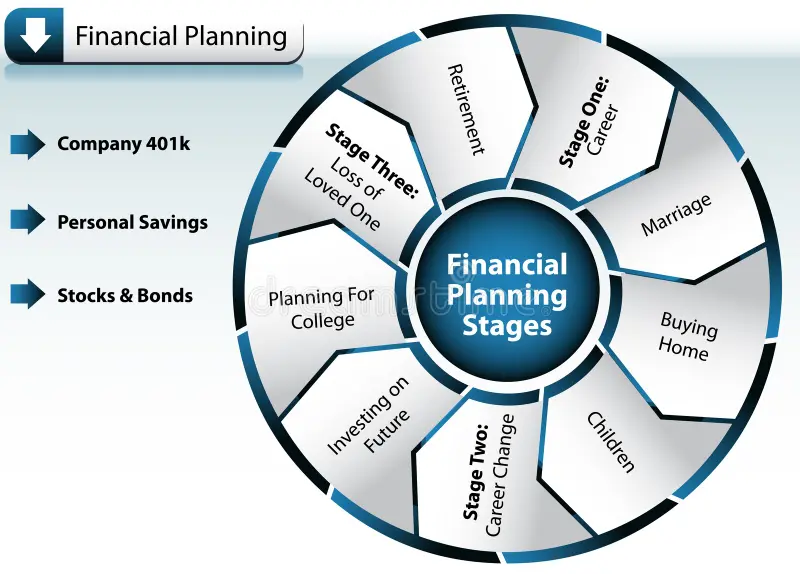If you feel overwhelmed by your financial situation or don’t know where to start—this guide is for you. Financial planning isn’t about being rich. It’s about creating a clear path for your money to support the life you want.
In this article, we’ll walk through step-by-step how to start financial planning from scratch—ideal for beginners who want clarity, confidence, and control over their finances.
What Is Financial Planning?
Financial planning is the process of evaluating your current financial situation, setting goals, and creating a plan to achieve them. It covers everything from budgeting and saving to investing and retirement planning.
Think of it as a roadmap for your money.
Step 1: Know Your Financial Starting Point
Before you can plan forward, you need to know where you are now.
Gather information on:
- Your total monthly income
- Your fixed and variable expenses
- All debts and balances
- Your current savings and investments
Use spreadsheets, apps like YNAB, or simple pen and paper.
Step 2: Set SMART Financial Goals
Your goals should be:
- Specific
- Measurable
- Achievable
- Relevant
- Time-bound
Examples:
- Save $3,000 for an emergency fund in 12 months
- Pay off $1,000 in credit card debt in 6 months
- Invest $100/month into retirement
Step 3: Build a Monthly Budget
Budgeting gives structure to your plan.
Budget Methods:
- 50/30/20 Rule: 50% needs, 30% wants, 20% savings
- Zero-based Budget: Every dollar has a purpose
- Envelope Method: Best for controlling variable expenses
Make sure you include:
- Bills
- Debt payments
- Groceries and transportation
- Savings contributions
- Personal spending (with limits)
Step 4: Create an Emergency Fund
Aim for 3–6 months of expenses saved in a high-yield savings account.
This fund protects you from unexpected events—medical bills, job loss, car repairs—without going into debt.
Step 5: Start Paying Down Debt
Use one of these methods:
- Debt Snowball: Pay smallest balances first (boost motivation)
- Debt Avalanche: Pay highest interest first (save more money)
Avoid making only minimum payments—this keeps you stuck in debt longer.
Step 6: Begin Saving and Investing
Start small:
- Open a high-yield savings account
- Use micro-investing apps (like Acorns or Stash)
- Contribute to a retirement account (IRA, 401(k), etc.)
- Automate transfers so you stay consistent
Time and consistency matter more than size.
Step 7: Review and Adjust Monthly
Financial planning isn’t “set it and forget it.” Review your:
- Spending habits
- Debt progress
- Savings goals
- Net worth
Make tweaks to improve month by month.
Bonus: Protect Your Finances
Once you’re making progress, add some protection:
- Insurance (health, life, renter’s/home, disability)
- Estate planning (even a basic will)
- Identity theft protection
- A backup income plan (side hustle, savings buffer)
Final Thoughts: Start Where You Are, Not Where You “Should Be”
Financial planning doesn’t require perfection or wealth. All it takes is a decision to begin and the willingness to stick with it.
Start with small steps. Track your progress. Celebrate the wins. Over time, you’ll build the habits and systems that support the life you want.
